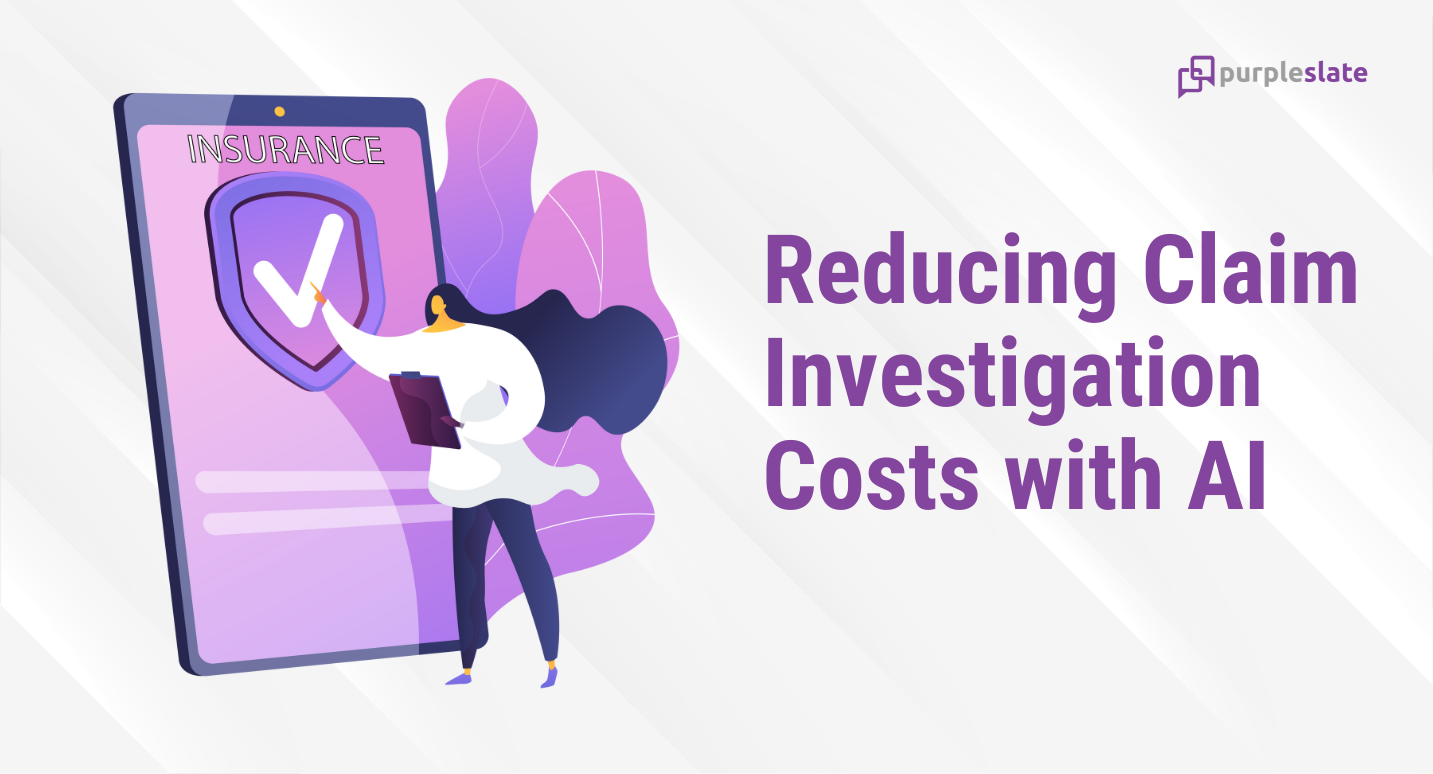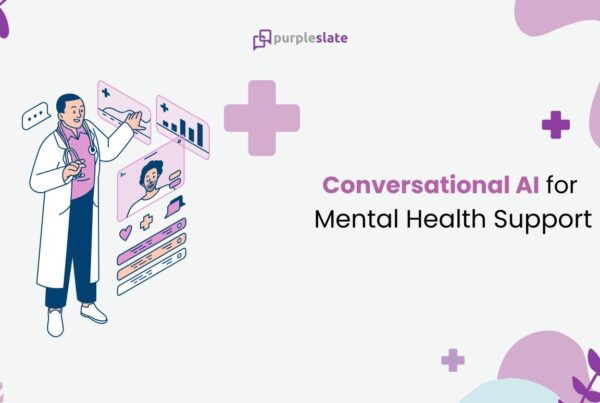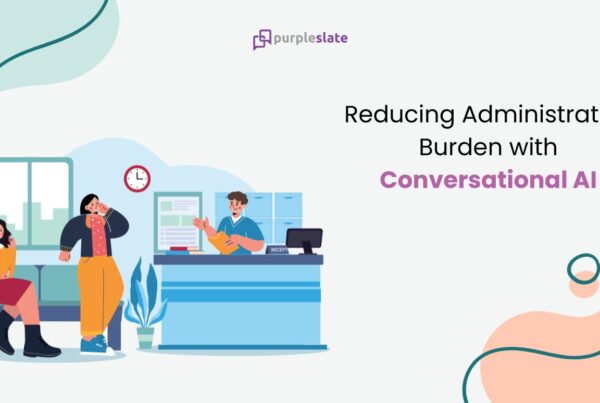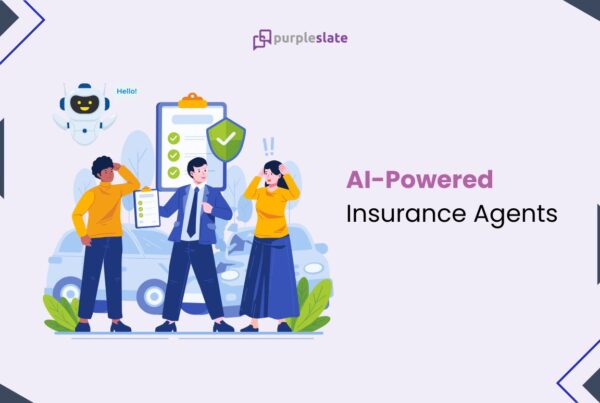
Introduction
In today’s fast-paced, digitized world, businesses must be agile to adapt and respond quickly to new challenges and opportunities. One of the biggest challenges faced by insurance carriers is fraudulent insurance claims. To reduce fraudulent insurance claims, many insurance carriers are turning to artificial intelligence (AI) and machine learning solutions. AI algorithms can analyze large amounts of data much faster than humans can. This enables insurers to identify patterns that indicate possible fraud in real-time and prevent further damage from occurring.
Insurance Claim Frauds
Fraud is an intentional deception perpetrated for financial gain. There are numerous types of insurance fraud, but some of the most common types include property damage, vehicle damage, workers’ compensation, false injuries/diseases, and health care fraud. When fraudulent insurance claims go undetected, they can lead to increased rates for everyone and damage the reputation of the insurance industry. Additionally, fraudulent insurance claims cost the insurance industry around 308.6 billion USD every year according to a report. Therefore, fraud detection and prevention are some of the very important functions in the insurance industry. When detected early, most fraudulent claims are usually handled at a lower level within the insurance company. However, sometimes the situation escalates and the insurance carrier must take legal action against the fraudulent claimant. This can be a very lengthy, costly, and complicated process. AI can help insurance carriers achieve fraud-free insurance claims, save time, and reduce costs associated with investigation.
How AI Can Help Claim Investigations
One of the surefire ways to reduce fraudulent insurance claims is with the help of AI algorithms to analyze data points related to the claim. By analyzing data points, such as medical records, images, customer history, and sensor data, AI algorithms can detect anomalies and patterns that indicate possible fraud. For example, an AI system can analyze medical records and images to look for inconsistencies and abnormalities that may indicate a false claim. Then, AI algorithms can cross-reference these data points against the customer’s history to see if the claim is out of character or if the customer has a history of filing fraudulent claims. By analyzing large amounts of data points related to the claim, AI can help insurers identify patterns that indicate possible fraud in real-time and prevent further damage from occurring. AI algorithms can also help insurance carriers speed up investigations and reduce the cost of the investigation process.
With the help of conversational AI, insurers can remind customers about the documents they need to submit periodically. They can also extract critical data from unstructured documents submitted by the customer to support their claim. Apart from this, an intelligent AI can also review and reduce the number of questions asked in a claim form by comparing it to the data collected and speeding up the investigation process. An AI can analyze medical records, customer testimonies, and other unstructured data sources to look for inconsistencies and abnormalities that may indicate a false claim. For example, by analyzing large amounts of data surrounding the claim, an AI algorithm can look for abnormal results in blood tests, medical scans, and other medical data points to determine if a claim is fraudulent. If the AI algorithm finds an abnormal result in the medical records, it can then cross-reference the abnormal result with other medical records in the same database to see if it’s a common abnormality or if it just appears in one record. If the abnormal result only appears in one record, then it may indicate a false claim.
Benefits of Implementing AI to Reduce Fraudulent Claims
One of the important benefits of adopting AI is that insurance carriers can significantly reduce investigation costs. An AI can quickly and accurately detect anomalies and patterns that indicate a false claim. Since AI algorithms can send consistent reminders, collect large sets of documents and data given by the customers, and analyze them, a substantial amount of time, travel, and costs are saved by insurers. When an investigator looks at the same data, it may take them weeks to arrive at a conclusion. Thus, the process of claim investigation is sped up.
For example, an insurance carrier may receive a medical claim for a broken leg and notice that the customer has a history of filing fraudulent claims. However, a human claims investigator may not notice the same thing when they review the claim in a few days. By then, the customer may have already caused further damage to the property and collected the insurance payout.
By analyzing large amounts of data related to the claim, AI algorithms can quickly identify anomalies and patterns that indicate a false claim. This enables insurance carriers to reduce fraudulent claims. For example, an insurance carrier may use AI algorithms to analyze medical records, sensor data, and other data related to the claim. If the AI algorithms detect abnormalities that indicate a false claim, the insurance carrier can send a prompt notification to the customer. The customer can then provide additional information to prove the claim. If the customer doesn’t provide the required information, the insurance carrier can deny the claim. This can help the insurance carriers on the race towards fraud-free insurance claims.
Conclusion
Fraud prevention and risk reduction are important for any business in order to maintain its reputation and retain customers. According to a report, fraudulent claims cost insurance consumers around 80 billion USD every year. With AI, insurers can reduce their risk of fraudulent claims, save time, and reduce costs associated with investigation. AI can help provide more visibility into customer data, which can help identify suspicious activity, provide early detection and alerts, and ultimately prevent fraud before it occurs. To learn how to leverage intelligent AI tools for your business, get in touch with our experts today.




